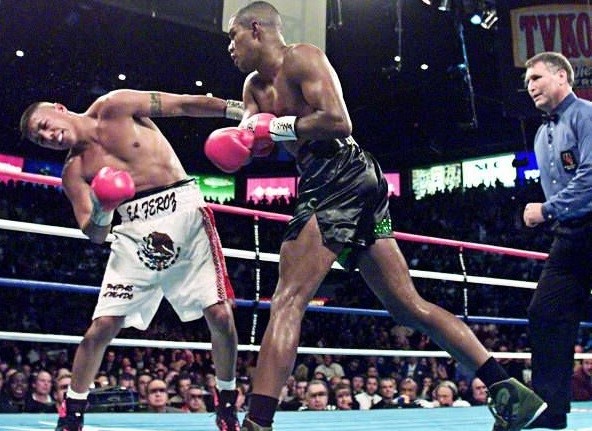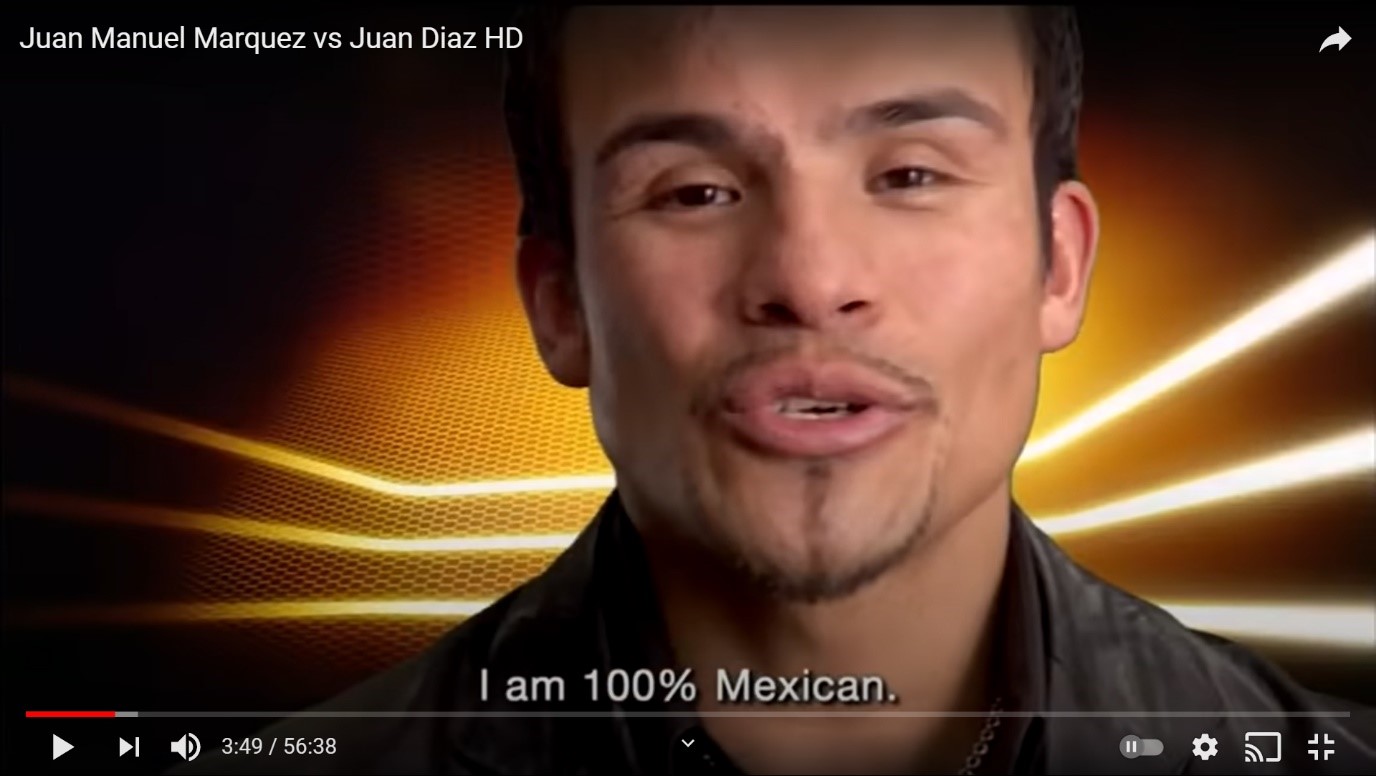The Summer Olympic Games are almost here. With a one-year delay, and some controversy, the action in “Tokyo 2020” will start in a few weeks.
Boxing is very popular in Puerto Rico and growing up in the island, I was a huge fan. Until the 2012 Olympics, Puerto Rican athletes had won a grand total of six Olympic medals. All of them in boxing. Puerto Rican Olympic medallists received a hero’s welcome returning home to the island. It came as a surprise when I learned that this was not the case everywhere else in the world, and certainly not the case for every winner.
Muhammad Ali, won a gold medal in the 1960 Olympic Games. Growing up in Louisville, Kentucky he was familiar with racism in the United States. However, he had also hoped that his new status as a gold medallist would make a difference. He spoke of his disillusion when this did not happen. For example, he tried to eat a restaurant that served Whites only, and was refused service. They were aware of who he was, but it did not make a difference. He was so frustrated that he threw his gold medal into a river.
What else can we learn from boxers about identity issues in the United States? Below I will explore this issue by looking at two of my favourite boxing fights. The focus is on the case of boxers born in the United States to Mexican parents.
“He is an American” Trinidad versus Vargas
The first fight took place in December 2000; Felix Trinidad against Fernando Vargas. Trinidad, from Puerto Rico, was one of my heroes. Vargas was born in California to Mexican parents. He participated in the 1996 Olympics representing the United States. The fight took place in Las Vegas, but I watched it on TV.
Vargas was born in the United States and represented the US in the Olympics, but on the night of the fight he displayed his Mexican identity. He selected the Mexican national anthem and one of his trainers was carrying a large Mexican flag. In fact, he was wearing the Mexican colours in his robes and had the emblem of an eagle eating a snake of the Mexican flag in the front of his shorts. He even walked to the ring with individuals dressed as Azetc warriors and mariachis singing “Viva Mexico”. The fact that he entered the ring as Mexican does not come as a surprise. Even his nickname, “El Feroz”, is a tribute to his parents’ country of birth.
Yet, even with all this affirmation of Mexican identity going on, a dispute about the actual national identity of Vargas developed among the TV commentators on the fight. One of the broadcasters was George Foreman, a former world champion (and made richer by the George Foreman Grill).
One of the commentators referred to Vargas as Mexican American. Foreman protested. “He is an American”. The commentator replied what was obvious for anyone else watching the fight, Vargas identified strongly with his Mexican roots. Foreman replied “let him say it. We cannot do it”. The commentator later conceded the point. He was born in the US and represented that country in the Olympics, therefore he was “stars and stripes all the way”.
What else could Vargas have done in order for someone to call him Mexican, or at least, Mexican American? The nickname, anthem, the flag, mariachis, Aztec warriors, colours in his robes, emblem in his shorts, etc. The message from Foreman was clear. He was willing to call Vargas an American, but not Mexican American, only Vargas could do that, hinting at the lower status of the latter category. Being Mexican is something that Vargas needed to opt in, being American was automatic.

Figure 1: Vargas at the fight (source: https://www.thefightcity.com/)
“I am a 100% Mexican”: Marquez versus Diaz
This second fight took place in February 2009: Juan Manuel Marquez against Juan Diaz. My birthday is in February and I was delighted when I received two tickets for the fight as a present. Marquez was born in Mexico and exemplified the Mexican fighting style of engaging in slugfests in order to show who is mas macho. Diaz was born in the United States to Mexican parents and was selected to represent Mexico in the 2000 Olympics. His Olympic dream never became a reality as a complaint was later submitted saying that he was three months short of the minimum age to participate.
The identity issues raised by this fight extend beyond what happened in the ring and include my personal experience. After receiving the tickets, I had to look for a companion to the fight.
A friend introduced us to his “American host dad” while he was a university student. Host parents are volunteers who welcome international students into their homes. They share cultural knowledge and help the student to adapt to life in the new country.
My friend explained that his experience as an international student in the US was made much easier by the efforts of his host dad. I was impressed by this and I invited the host dad to the fight.
The host dad was White, middle-aged, originally from the US Midwest and very religious. I suspect religion has played a major role in shaping his attitudes towards international students and the decision to open the doors of his home to foreign strangers.
On the way to the fight we talked about two topics, the economy and the previous public holiday. He explained that he had recently found employment in construction, but that work was scarce and he was worried. This didn’t come as a surprise. It was February 2009 and the effects of the financial crisis were present everywhere.
The previous public holiday was the 19th of January 2009, Martin Luther King Jr. Day. He explained why this day should not, in his opinion, be a public holiday. For him, it was a racialized day, which was only important for a share of the population (i.e. the Black population) and imposed on others. Someone who was eager to help international students from all nationalities (Chinese, Ecuadorian, Ethiopian, etc.) did not see the logic of having a public holiday celebrating a key historical leader of another racial group within his own country. This is an interesting insight; particular as the United States Congress has recently passed a bill to make Juneteenth a federal holiday celebrating the end of slavery in the country.
We finally made it to the fight. As can be expected for a fight between Mexicans (even if Diaz might not be Mexican in Foreman’s opinion), the stadium was filled with what most people would refer to as Mexican Americans. There were as many conversations happening in Spanish as in English.
We entered and my guest looked at his ticket. Each ticket was $250. Then he looked around. The Mexican Americans in attendance were blue-collar workers and each of them had $250 to attend a fight in the middle of a recession. He was having a hard time understanding how it could be possible for them to afford this, while he was facing major difficulties finding employment.
I came up with some theoretical possibilities. First, I explained that according to my own research, remittances to Mexico had been negatively affected by the financial crisis. Hence, Mexican Americans adjusted their economic behaviour. However, some occupations were more resilient to the business cycle than others, manual workers in the area could value leisure differently and make extra money working longer hours. Perhaps expenditure patterns were different. None of the arguments convinced him.
The biggest cultural shock came when Marquez’s face appeared in a giant screen and he said in Spanish: “Juan Diaz is 50% Mexican and 50% American. I am a 100% Mexican.” The celebration from the cheering crowd was incredible. That night these “Mexican Americans” were 100% Mexican. This vociferous confirmation of a “foreign” identity over the American identity shocked host dad.
After the fight, I realised that the cumulative cultural shock for my guest had been too much. I decided that it was better to skip the traditional post-fight tacos and go for some hamburgers and apple pie.
